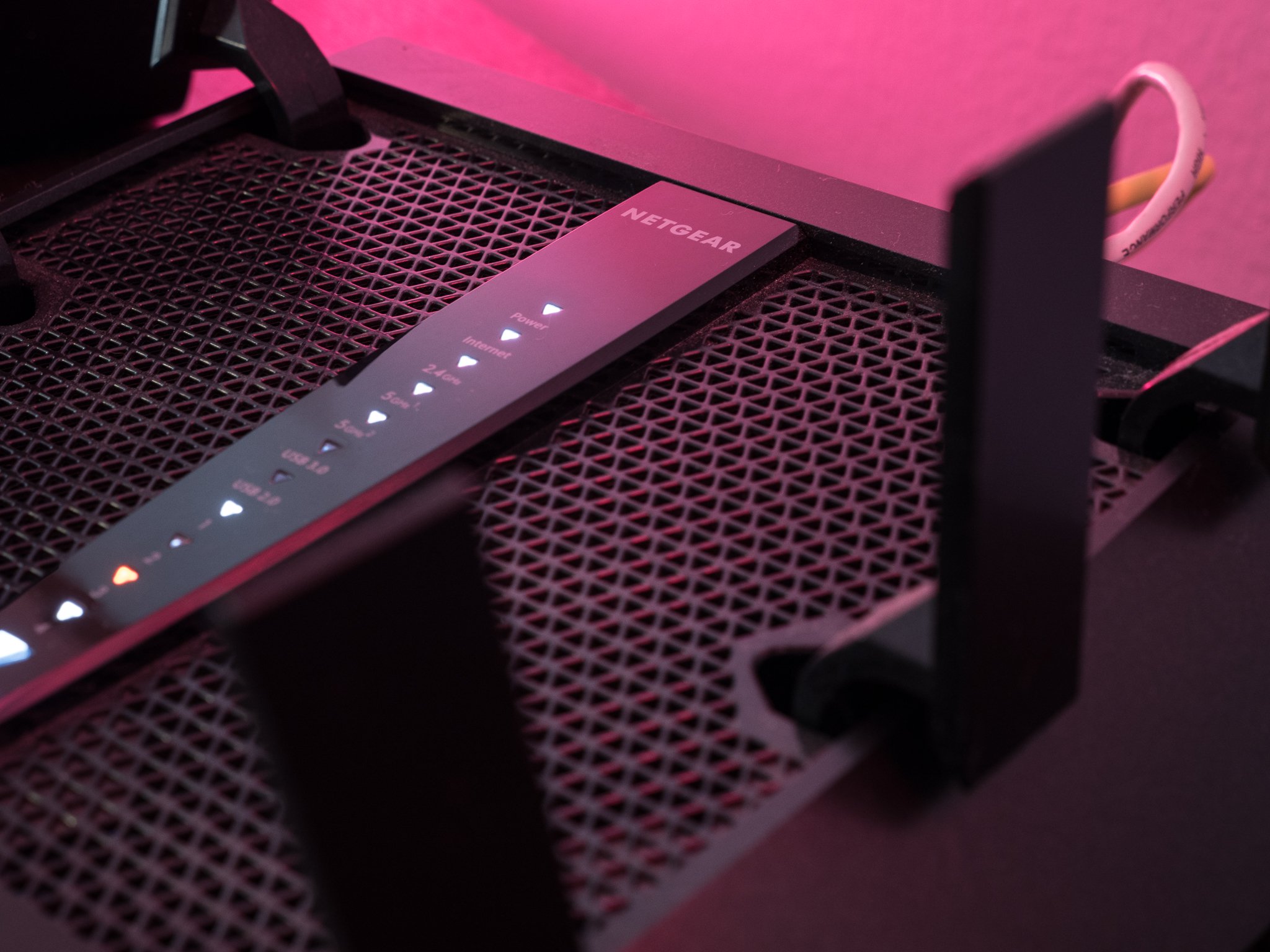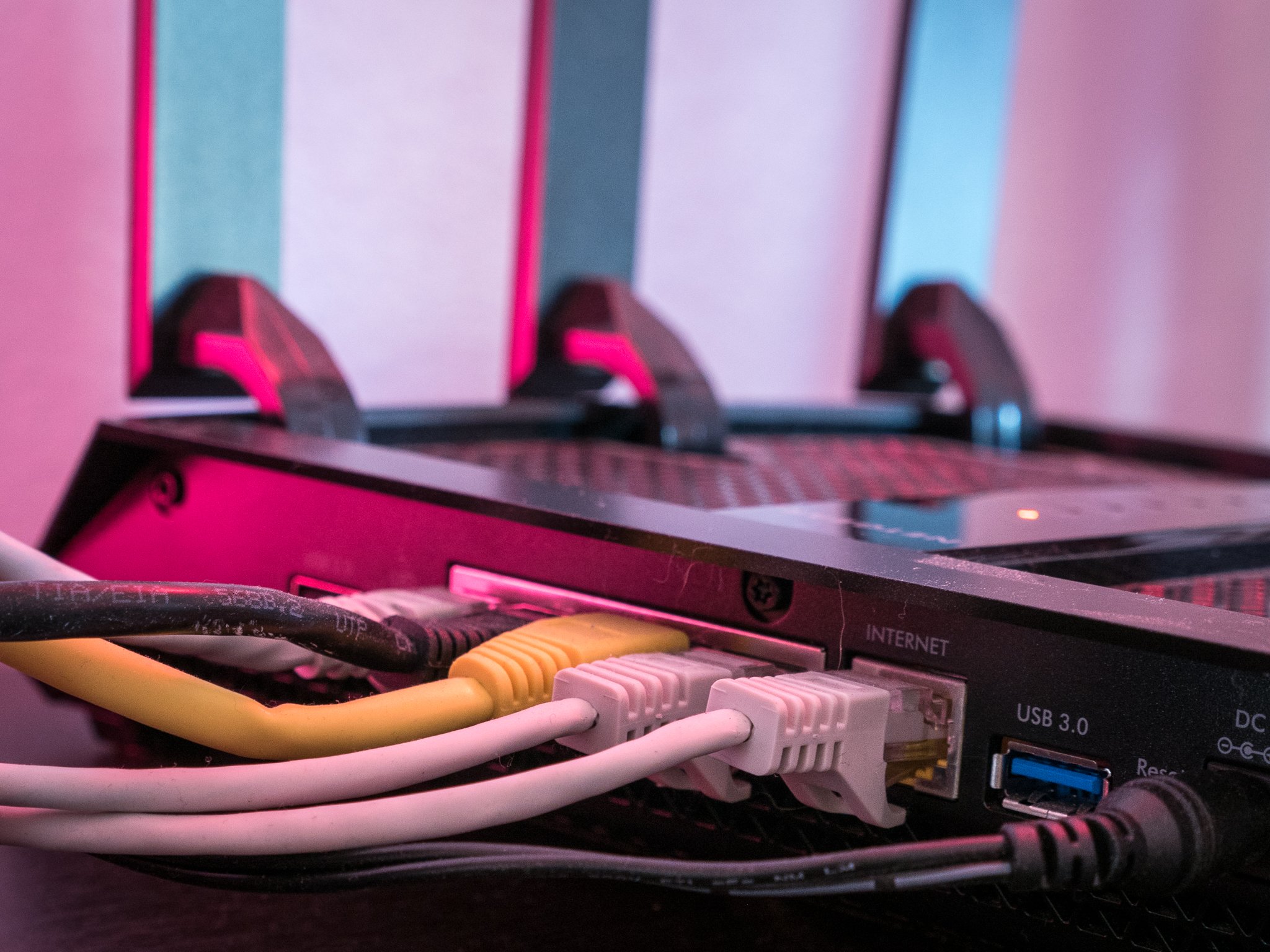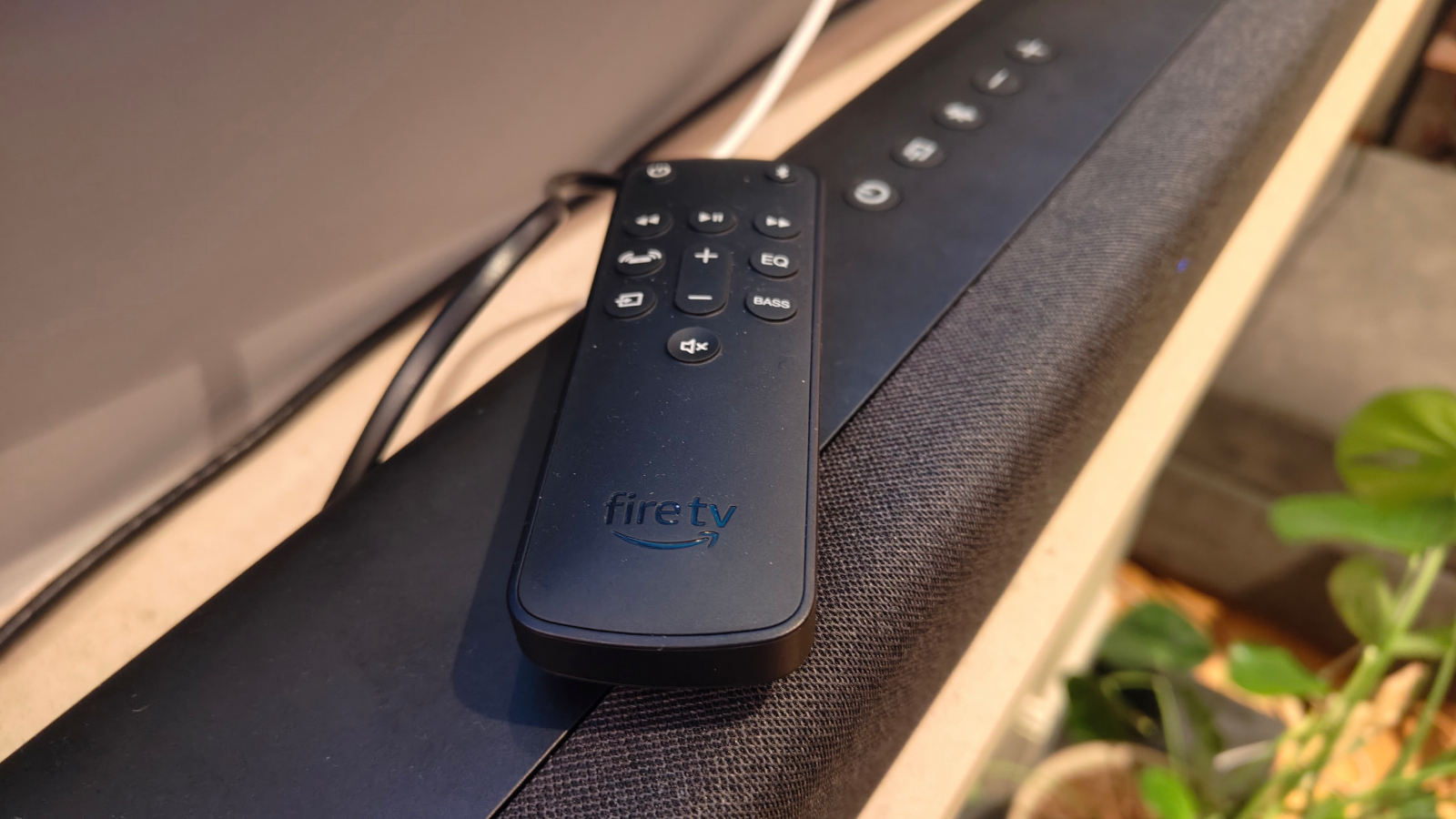Routers 101: What's important for streaming TV
Make sure you get the right gear

The most important piece of equipment for any house that's cut the cord is also the one piece you never think about: Your router.
The router is what takes the signal from your internet provider (via a modem) and makes sure the right bits get to the right place. And ideally they get there fast enough — either through an ethernet cable or over a wireless network — that we get the instant gratification we so crave when we hit the play button. It has to do two thing well to make that happen — route traffic between you and the streaming service the most efficient way and be able to prioritize and assemble the bits and pieces quickly. Of course, a few other features can be important, too ...
Fast Wi-Fi
Most people will try to stream video using Wi-Fi before they go stringing cables all over the house. We don't blame ya. That means your router needs to not only route the signal quickly and correctly over a wire, but through the air, too. Thankfully, it's easy to tell at a glance if things are good here.
If you're moving to all-streaming video, a strong home network is key.
The bare minimum Wi-Fi standards for video are 802.11n with, both 2.4GHz and 5GHz support. Those numbers just point to the frequency range the router uses for the wireless network. To oversimplify it, 5 GHz has the potential to be faster, but 2.4 GHz has more range and stability.
Anyway. On a good, clean Wi-Fi network with the 802.11n standard you'll be able to stream an HD movie up to 1080p with little to no buffering, and might even be able to watch a video in 4K with reasonable buffering. But it's 2018, and you should have a router with wireless ac support. 802.11ac Wi-Fi can reach network speeds of 7Gbps — which should take care of even multiple simultaneous 4K streams. If you have even newer wireless "ad" equipment, go ahead and look for a router that supports 802.11ad. But don't spend the extra money if you plan on keeping the rest of your gear for a while.
Enough range
Speed and bandwidth drop the farther you are away from your router on Wi-Fi, and it can drop each time you need to use a switch or bridge over a wired connection. If you have to cover a lot of space or have a fancy wired network with plenty of places that need plugged in, make sure your router has the oomph to do the job.
For wired connections, speed and range also go hand in hand. Make sure everything you're plugging a cable into on your network supports at least 100 Mbps. If you're buying new equipment all around, get gear that supports 1,000 Mbps (aka gigabit ethernet).
Get the What to Watch Newsletter
The latest updates, reviews and unmissable series to watch and more!
For wireless coverage, there is more at play than just the router. the way your house is laid out and even the materials used for interior walls can make a difference. If a good, fast 802.11 ac router doesn't have the range you might need to look into an extender if you can't move things closer together.

Automatic updates or update notifications
We can't stress this enough: You need to keep the software on your router up to date.
This not only protects you from the bad part of the internet and the bad guys who do things on it, but bug fixes can be crucial when you want the best speed and range possible. Ideally your router has a setting to update automatically and you can turn it on if you don't want bothered with it yourself. Make sure it can at least check every week or so to see if an update is out there and notify you some how when it finds one. Most routers will be able to email or text you when an update is available.
A fast lane
You'll want to make sure there's a way to tell your router that one device gets first dibs at the bandwidth and has priority. In a house filled with Wi-Fi-enabled lights and televisions and coffee makers and everything else on top of multiple computers in the kids' rooms and a family of smartphone users (you get the picture) — you'll want to be able to make sure your big screen gets pushed to the front of the line when it comes to sharing bandwidth.
For wired routers, look for a port labeled QoS (Quality of Service) or a pair of ports labeled Aggregate and you can use those for your fast lane. If your television or streaming box doesn't have two Ethernet inputs in aggregate, you can pick up a small switch that will pull them back together for you. Wi-Fi users need to check the router settings for a "priority" mode or settings for QOS. You can usually leave these settings in place permanently or turn them on and off with just a click or a tap through a smartphone app when you need them.
A good user guide and simple admin controls
This is one thing we almost never think of when we buy a router, but eventually comes back to bite us in the keister later. Ideally you want the router settings to be simple but still include a few power-user settings like QoS at port forwarding. those two usually are at odds with each other so make sure you've got a good resource to see where to look for a setting and how to use it properly as a fallback. Don't depend on the internet, because when your router goes down it will, too.
Our pick
Our pick of the best router for streaming might sound familiar if you've looked around for recommendations — the NETGEAR Nighthawk AC2300 .
Yes, it has antennas and might look out of place depending on where you put it, but it covers everything here and more. It's a fast wireless ac router that intelligently "steers' traffic on bot the 5Ghz and 2.4GHz band to keep everything moving fast, the settings you need in a relatively simple web page, the setup is simple and it's inexpensive compared to some of the others on the market.











